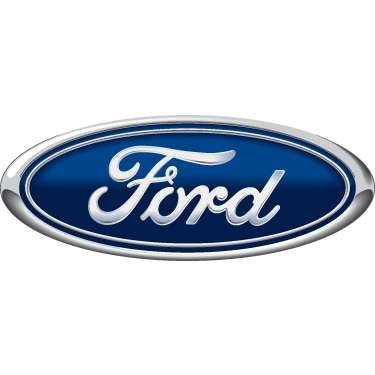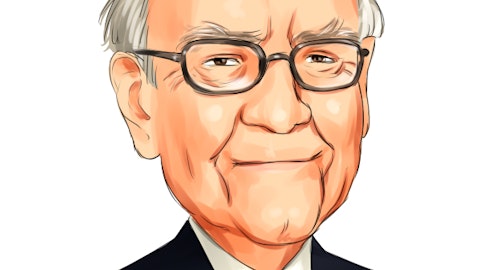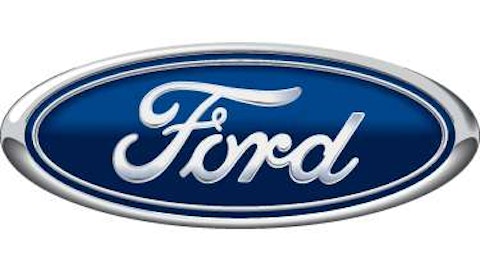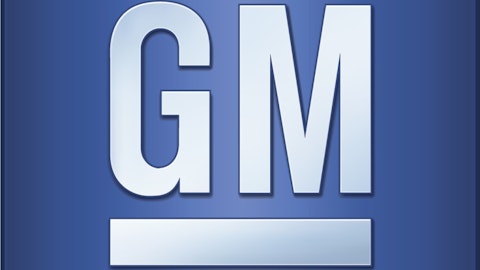On this day in economic and business history…
Before Henry Ford was a legendary industrialist, he was a tinkerer in his backyard workshop, trying to make an experimental technology into something marketable. The very first proto-Ford automobile, known as the Quadricycle, was completed and test-driven out of that workshop at 58 Bagley Avenue in Detroit on June 4, 1896. Ford was 32 years old.
Henry Ford’s story bears some key similarities to the early careers of computing-industry icons Bill Gates and Steve Jobs. Like Gates, Ford was a born tinkerer, mastering intricate technologies (particularly watches) as a teenager thanks to some guidance from his father. Like Jobs, Ford leveraged his youthful interests into a job at one of his era’s prestige high-tech firms — Jobs worked for Atari, and Ford became chief engineer at Thomas Edison’s electrical-generation company after just two years on the payroll. It was the jobat Edison’s Illuminating Company that gave Ford the resources to work on the Quadricycle, which was little more than a four-horsepower engine on a basic frame attached to four bicycle wheels. The engine ran on ethanol, and its two-gear locomotion maxed out at 20 miles per hour.
Only three Quadricycles were ever built. Ford sold his earliest prototype shortly after testing, and it took him three more years to build a second, and another two years to build a third. Ford Motor Company (NYSE:F) was founded in 1903, two years after the last Quadricycle was completed — and after Ford’s two previous automotive corporate ventures had ended in disappointment. Ford Motor Company (NYSE:F) ventually reacquired that first Quadricycle and turned it into a museum piece, which you can still see today at the Henry Ford Museum in Dearborn, Mich.
Refreshing!
If you’ve ever enjoyed a soda — and who hasn’t at some point or another? — you can thank Joseph Priestley, a clergyman, chemist, philosopher, and all-around Renaissance man for inventing the process that give soda its fizz. Priestley’s invention is older than you might think. He published his research, including directions for making carbonated water, in a paper titled “Impregnating Water with Fixed Air,” which was finished on June 4, 1772.
Dedicated to the Earl of Sandwich (Priestley was a Brit), the paper explained how sulfuric acid would create carbon dioxide gas when dropped onto chalk. Priestley had begun his experiments in 1767 when he discovered that fermenting beer could infuse water suspended in bowls above its tanks with refreshing bubbles.
Although this process would revolutionize the drink industry that had for millennia produced little beyond alcoholic beverages for commercial sale, Priestley never capitalized on it. The first real effort to commercialize carbonated beverages fell instead to J. J. Schweppe, who founded Schweppes in Switzerland in 1783 and later moved the company to London. The Schweppes brand is now held by Dr Pepper Snapple Group Inc. (NYSE:DPS) in the United States and Canada, but in much of the rest of the world Schweppes products are made and marketed by either The Coca-Cola Company (NYSE:KO) or PepsiCo, Inc. (NYSE:PEP). The original soft-drink company is now thus controlled, to varying degrees, by the three largest soft-drink companies in the world. That market is now estimated to be worth nearly $500 billion in worldwide annual sales.
A century of teenage fashion
The first Abercrombie & Fitch Co. (NYSE:ANF) store opened under the name “Abercrombie Co.” on the Manhattan waterfront on June 4, 1892. The Abercrombie outlet originally catered to serious outdoorsmen, and it didn’t append the “Fitch” until founder David Abercrombie sold a major share of the company to lawyer Ezra Fitch in 1904. Mr. Abercrombie and Mr. Fitch held different ambitions for their brand, which led to Abercrombie’s departure in 1907, leaving Fitch in sole control of the company. Although it remained focused on sporting goods throughout the early 20th century, A&F grew as Fitch broadened its product range until its popularity necessitated a move to a massive 12-story building on Madison Avenue.
A&F remained focused on sportswear until it fell into bankruptcy in 1976. The brand was acquired by a rival sporting-goods retailer, which had difficulty turning A&F into a successful chain. It was not until Limited (now L Brands Inc (NYSE:LTD)) bought the company in 1988 that A&F began its transformation into the cool-kids fashion outlet that now occupies hundreds of malls. Limited built A&F into a chain of 100-plus stores a year before spinning it off as an independent company in 1996. Following the spinoff, A&F began to create its own brands, launching a preteen brand in 1997 and the high-school-focused Hollister in 2000. Today, A&F maintains more than 1,000 stores around the world and is one of the 10 largest apparel-retailers in the U.S.
Hack to the future
The world’s first hacker didn’t need a computer to hack into; all it took was a wireless telegraph. Guglielmo Marconi, the “father of radio,” was about to test a long-range “secure” wireless communications system on June 4, 1903, linked between his station on a cliff in Cornwall, England and a lecture hall in London’s Royal Institution, when something unexpected happened. The London device began tapping out a Morse code message in advance of Marconi’s scheduled transmission, repeating the word “Rats” over and over. Then, as recounted by Paul Marks in NewScientist, it broke into a rude limerick:
There was a young fellow of Italy,
Who diddled the public quite prettily…
The hacker continued to mock Marconi for some time, ceasing only moments before the demonstration was scheduled to begin. Marconi had not only been hacked; he’d been trolled. Four days later, a letter received by the London Times ran in the paper, revealing the hacker as magician and tinkerer Nevil Maskelyne, whose own wireless efforts had been stymied by Marconi’s patents. Maskelyne identified the wavelength of Marconi’s supposedly secure transmission system in advance of the test, thus disproving Marconi’s original thoughts on wireless security — but at the same time identifying the future potential for wireless transmissions in mass broadcasts.
The effects of hacking in today’s interconnected economy are many orders of magnitude more damaging than the slight bruise Maskelyne dealt Marconi’s ego in 1903. Antivirus software developer Norton, part of Symantec, estimated in 2011 that cybercrime (a definition including credit card fraud, phishing attacks, and malware, as well as hacking) costs the global economy more than $300 billion each year.
The article The Real First Ford, the Actual First Hacker, and Other Little-Known Milestones originally appeared on Fool.com.
Fool contributor Alex Planes holds no financial position in any company mentioned here. Add him on Google+ or follow him on Twitter @TMFBiggles for more insight into markets, history, and technology.The Motley Fool recommends Coca-Cola, Ford, and PepsiCo. The Motley Fool owns shares of Ford and PepsiCo.
Copyright © 1995 – 2013 The Motley Fool, LLC. All rights reserved. The Motley Fool has a disclosure policy.





